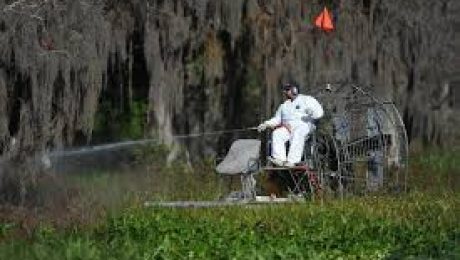As the seasons shift and temperatures drop, lake and pond owners must turn their attention to managing aquatic weeds that have accumulated over the warmer months. Fall offers a prime opportunity for aquatic weed harvesting, not only to maintain the health of the waterbody through the colder months but also to prepare it for the
Congratulations are in order to Buffalo Lake Protection & Rehabilitation District! Our customer recently mentioned they removed 1300 loads of weeds so far this year with their fleet of Aquarius equipment. Buffalo Lake is actually a flowage consisting of 2500 acres and is very shallow with a maximum depth of 8 feet. The shallow waters
The Chautauqua Lake Association (CLA) says it has filed objections to a permit applications that would allow for the application of two powerful herbicides to 1,200 acres of Chautauqua Lake this coming summer. The CLA in New York is the organization that helps manage weeds on the lake by operating a number of harvesters to
What is Harvesting? Operational Considerations for your lake. Expected Results from a Weed Harvesting Program. Most aquatic plant harvesting systems will cut and remove submersed plants to a depth of five or six feet. As this biomass is removed from the lake, the water is immediately ready for use and there are no restrictions on
Reprinted with permission from NALMS. The original article published in Lakeline, Volume 40, No. 4 Winter 2020. Intensive in-lake and watershed management caused Kohlman Lake, the northernmost lake in the Phalen Chain of Lakes in Minnesota, to go from a relatively turbid to a clear water state. Aquatic plants responded to the clean waters by
Pewaukee Lake was formed in 1838 when a dam was constructed along the Pewaukee River and the wetland was flooded. It combined with Snake Lake to form the 2,500 acre Pewaukee Lake. For 40 years – 1945 to 1985 – the sanitary district used herbicides, including 2-4-D for 17 years, in an attempt to control
Pewaukee Lake was formed in 1838 when a dam was constructed along the Pewaukee River and the wetland was flooded. It combined with Snake Lake to form the 2,500 acre Pewaukee Lake. For 40 years – 1945 to 1985 – the sanitary district used herbicides, including 2-4-D for 17 years, in an attempt to control






